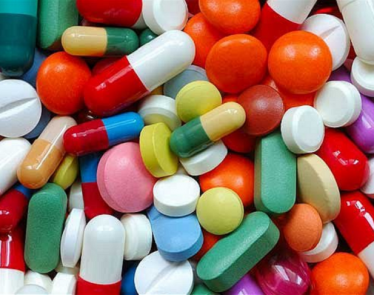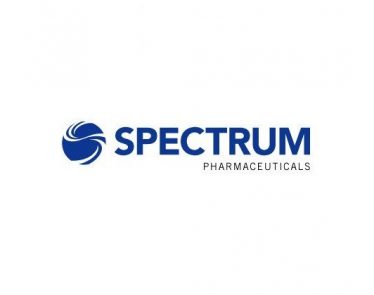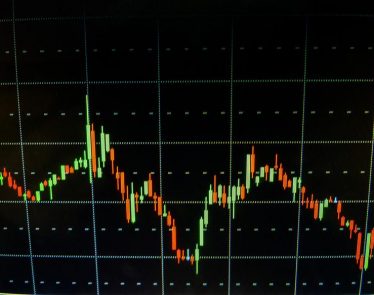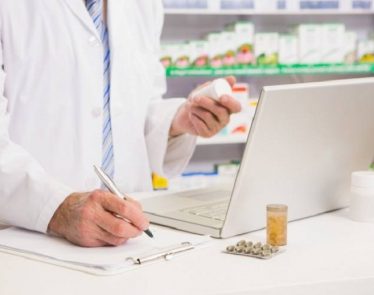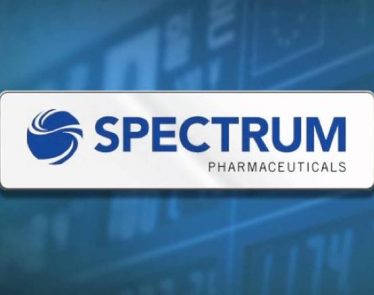
Shares for Spectrum Pharmaceuticals, Inc. (NASDAQ:$SPPI) have more than doubled in the past three months. With a 110% increase, they are well beyond the comparable 5.3% rise of its corresponding industry. So where has this increase come from?
Spectrum acquires, develops, and commercializes hematology and oncology products. Its six products on the market are aimed at treating cancer indications, such as lymphoma, leukemia, and myeloma. Its main focus, though, actually lies with the development of pipeline candidates such as poziotinib, Qapzola, and Rolontis, and this could be what is behind the rise in stock for Spectrum.
Focusing on these pipeline candidates seems to be what is really driving the market these days, more so than product sales, and Spectrum’s involvement with these pipeline candidates and the subsequent results could be what is causing their stock to soar beyond the industry standards.
In October, Spectrum Pharmaceuticals, Inc. announced some encouraging preliminary data from a phase II study on poziotinib in non-small-cell lung cancer (NSCLC) patients with exon 20 insertion mutations in EGFR. The candidate achieved an objective response rate in 73% of patients, after which, Spectrum saw an increase in stock following the announcement in the news. Spectrum has also initiated a multicenter phase II study to evaluate poziotinib in NSCLC patients with exon 20 insertion mutations in EGFR or HER2.
Spectrum’s most advanced candidate is Rolontis, which is being evaluated in two separate phase III studies. These are ADVANCE and RECOVER, and they are used to treat chemotherapy-induced neutropenia. Top-line data from the ADVANCE study is expected in the quarter 1 of 2018. A biologics license application (BLA) will then likely be filed by the end of 2018. There is also the pipeline candidate Qapzola, which is currently in a phase III study for patients with non-muscle invasive bladder cancer.
Beyond the pipeline development, another reason behind Spectrum’s rise in stock could also be due to its cash and cash equivalents rising from $109 million to $247 million in quarter 3 in 2017. This will likely help to fund further development of the candidates.
Featured Image: Depositphotos/© Tzido




